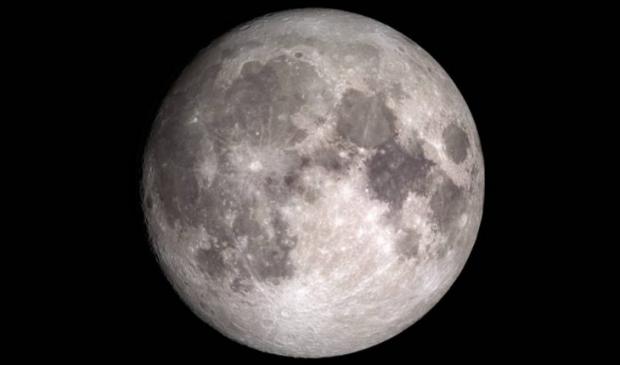
Breaking News
 Calling Dr. Grok. Can AI Do Better than Your Primary Physician?
Calling Dr. Grok. Can AI Do Better than Your Primary Physician?
 Episode 485 - The Dark Legacy of Dick Cheney
Episode 485 - The Dark Legacy of Dick Cheney
 Frugal Friday: 17 Ways to "Use It Up"
Frugal Friday: 17 Ways to "Use It Up"
 Cristiano Ronaldo Praises Donald Trump as a Leader Capable of Changing the World...
Cristiano Ronaldo Praises Donald Trump as a Leader Capable of Changing the World...
Top Tech News
 HUGE 32kWh LiFePO4 DIY Battery w/ 628Ah Cells! 90 Minute Build
HUGE 32kWh LiFePO4 DIY Battery w/ 628Ah Cells! 90 Minute Build
 What Has Bitcoin Become 17 Years After Satoshi Nakamoto Published The Whitepaper?
What Has Bitcoin Become 17 Years After Satoshi Nakamoto Published The Whitepaper?
 Japan just injected artificial blood into a human. No blood type needed. No refrigeration.
Japan just injected artificial blood into a human. No blood type needed. No refrigeration.
 The 6 Best LLM Tools To Run Models Locally
The 6 Best LLM Tools To Run Models Locally
 Testing My First Sodium-Ion Solar Battery
Testing My First Sodium-Ion Solar Battery
 A man once paralyzed from the waist down now stands on his own, not with machines or wires,...
A man once paralyzed from the waist down now stands on his own, not with machines or wires,...
 Review: Thumb-sized thermal camera turns your phone into a smart tool
Review: Thumb-sized thermal camera turns your phone into a smart tool
 Army To Bring Nuclear Microreactors To Its Bases By 2028
Army To Bring Nuclear Microreactors To Its Bases By 2028
 Nissan Says It's On Track For Solid-State Batteries That Double EV Range By 2028
Nissan Says It's On Track For Solid-State Batteries That Double EV Range By 2028
Moon Mineralogy suggests widespread water on the moon

The water appears to be present day and night, though it's not necessarily easily accessible.
Bandfield and colleagues came up with a new way to incorporate temperature information, creating a detailed model from measurements made by the Diviner instrument on NASA's Lunar Reconnaissance Orbiter, or LRO. The team applied this temperature model to data gathered earlier by the Moon Mineralogy Mapper, a visible and infrared spectrometer that NASA's Jet Propulsion Laboratory in Pasadena, California, provided for India's Chandrayaan-1 orbiter.
The new finding of widespread and relatively immobile water suggests that it may be present primarily as OH, a more reactive relative of H2O that is made of one oxygen atom and one hydrogen atom. OH, also called hydroxyl, doesn't stay on its own for long, preferring to attack molecules or attach itself chemically to them. Hydroxyl would therefore have to be extracted from minerals in order to be used.

 Carbon based computers that run on iron
Carbon based computers that run on iron

